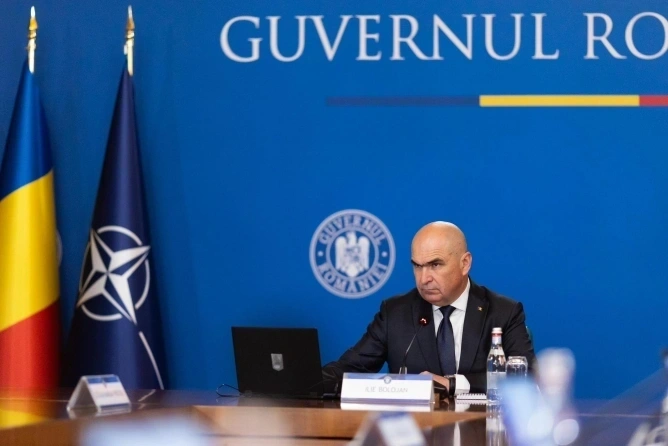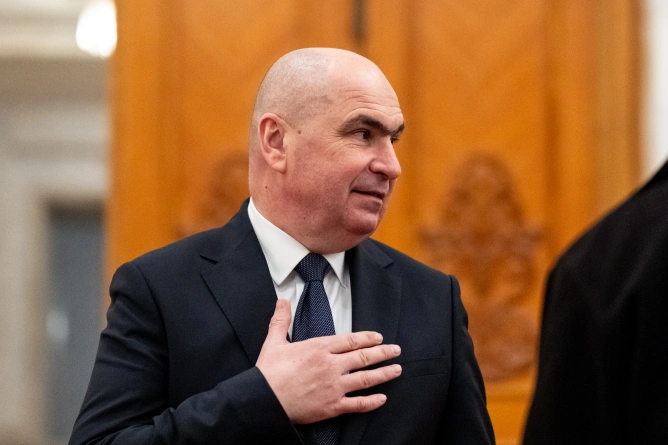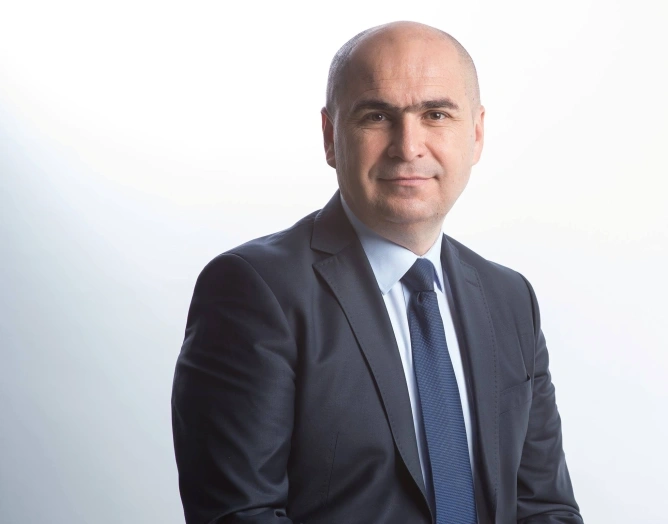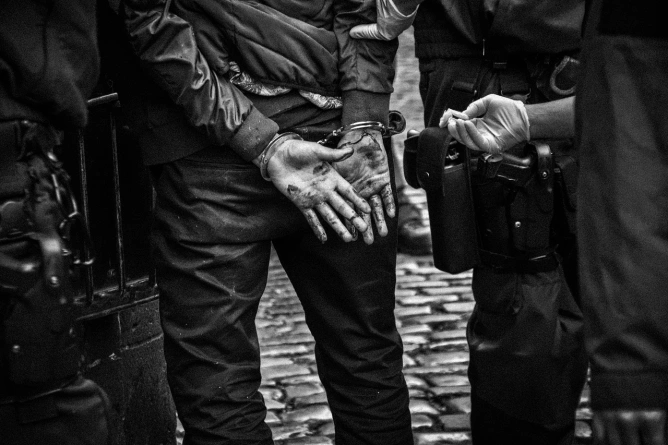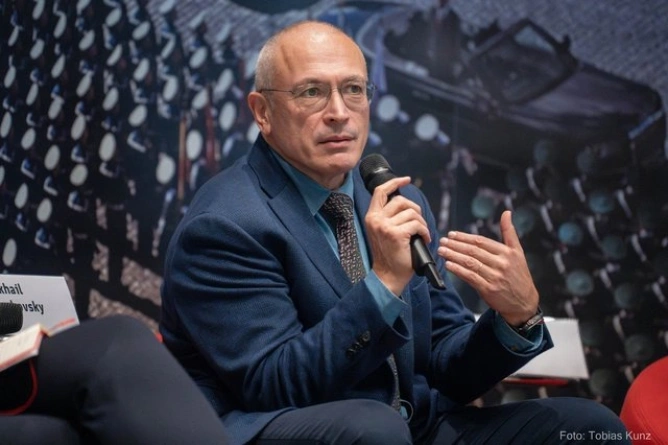
Simulating the 2024 Baccalaureate exam is a topic of maximum interest for different segments of the public, from those directly involved, such as students, parents and the teaching community, to the wider public. A plethora of media sources have covered - and continue to cover - the topic this week, marking an important event for Romania's 12th and 13th graders in full swing.
Although most news sources have covered different elements of the 2024 Bacalaureate simulation, from the difficulty of some tests to participation rates and student feedback, a common pattern has been the heightened interest in the student experience and the content of the exam.The Ministry of Education issued an information notice on March 2, before the start of the simulation, which set out some key content highlights that were subsequently taken up in a series of informative articles.
Antena 3 CNN highlighted the difficulty students had with the word "sforțare" in Monday's Romanian language test, suggesting an unexpected hurdle in the simulation, and directing attention to students' level of preparedness and adaptability. AndClick! addressed the difficulty of the term 'straining', going into detail about its meaning and possible impact on student performance, providing useful context and clarification. Observer captured the personal reaction of a student who mentioned the challenge she faced on the topic of Lucian Blaga, providing insight into the personal experiences of the participants.HotNews.ro focused on the Ministry of Education's publication of the subjects and scales, providing an informative and straightforward view of the exam content, essential for students and teachers alike. EVENIMENTUL ZILEI, CAPITAL, and bugetul.ro provided details about the exam structure, as did G4Media.ro, and Digi24.
The ȘTIRILEPROTV.RO platform marked the beginning of Tuesday's mathematics test, indicating the publication of the subjects during the day, and thus highlighting the pace and organizational structure of the simulation.
Libertatea reported on the conduct of the simulation, with a focus on the history subjects, as did Edupedu.ro, illustrating the diversity of the subjects assessed.
Local sources such as TurdaNews and Ziar de Cluj focused on the participation of Cluj students, highlighting the large number of candidates from the region. Ora de Sibiu reflected the specific challenges faced by students in Sibiu, focusing on the difficulty of the Romanian Romanian exam subjects and their impact on student morale.
Renașterea Bănățeană highlighted the national scale of the simulation, noting the participation of over 146,000 students, reflecting the magnitude of the efforts made by the Ministry of Education and schools in organizing this event.
Viața liberă Galați and Opinia Timisoarei, through their reports, described the conduct of the national simulations and the rapid transition of students from vacation to the exam halls, illustrating the level of seriousness with which this stage of high school education is treated.
Differences in approach, from a focus on personal reactions and local anecdotes to broader analysis and administrative reporting, highlight the diversity of journalistic interests and target audiences. While some sources chose to focus on the specific difficulties and academic challenges, others provided an overview of the structure and administration of the simulation, or commentary focused on the preparation and expectations associated with the simulation.
Top Entities Mentioned
